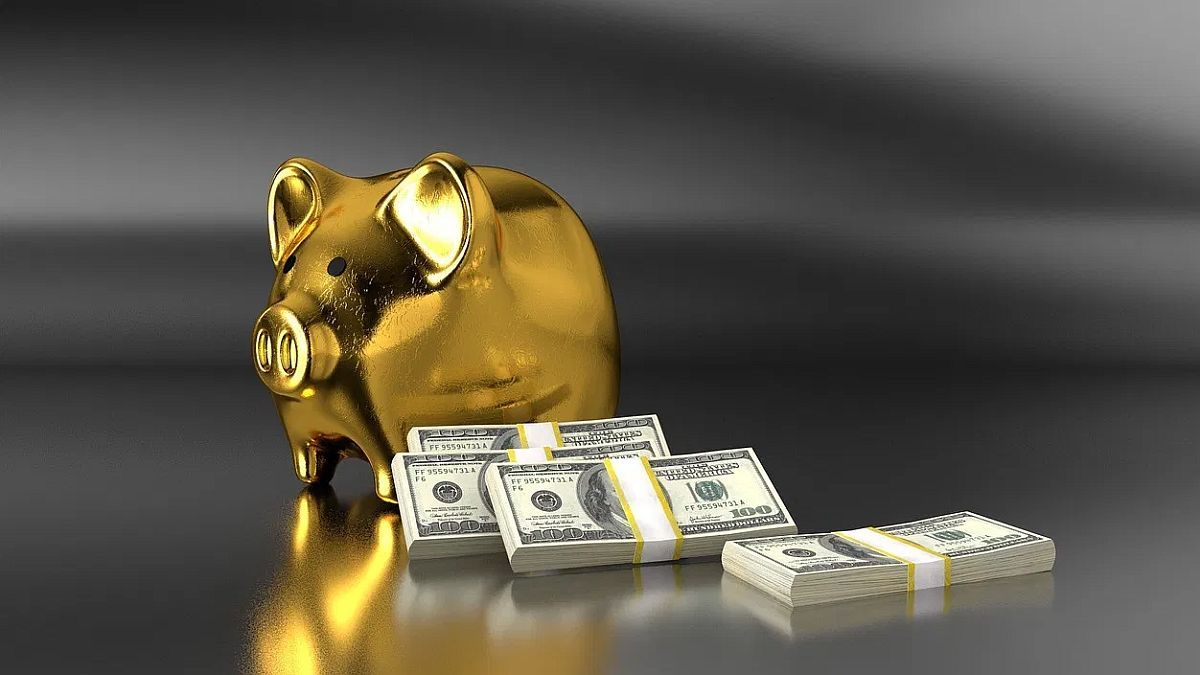In this sense, Powell pointed out the “obvious” need to tune monetary policy to a more neutral dial. In other words, it should be in the range between 2.25%-2.50% (if inflation returns to that level in the medium term). And perhaps you have to be “more restrictive” to achieve the goal. “The faster (raise the rate) the better”, holds James Bullard, head of the Saint Louis FED, the most restless hawk. His goal: 3% in December. Bullard advocated an initial half-point adjustment that was scrapped. But with stinging inflation unrelenting, his early preaching is the most reliable oracle. Singing tests: the FED will apply increases of half a point if necessaryPowell acknowledged.
In January, the personal consumption deflator – the measure of inflation used by the central bank – grew 6.1% year-on-year. It is estimated that it climbed to 6.4% in February, and it will not calm down while the shock in commodity prices lasts. Honestly, there are plenty of words. Chicago futures are already forecasting two half-point jumps in May and June.
In its own way, the FED warns that it will migrate from the Powell mode – a cadence of eight increases of a quarter of a point each, made between 2015 and 2018 – to the Greenspan style, more abrupt and less predictable. The rate will escalate more than inflation until it bends your neck. Starting from negative real rates, and exacerbated inflation, it is not easy to know where the terminal rate will be located. And that uncertainty wreaked havoc this week across the bond curve. The ten-year rate shot up 31 basis points (it accumulates half a point in the month) and is hovering around 2.50%, one trice away from exceeding the neutrality threshold.
The 3 points that Greenspan raised in one year –between February 1994 and 1995– is the shock proposed by Bullard. The realities, of course, are very different. At the time, the old teacher was enough to land the economy gently. “It is the perfect example”, according Alan Blinderwho traced in detail the course of FED policies since 1965. “Legendary”, described it. But even a soft landing – as his name does not indicate – produces trauma. The “perfect” maneuver caused the Tequila Effect at the end of 1994, a serious collateral damage whose convulsion also made legend although its scope was only regional.
Where to hide when the Fed embarks on an aggressive rate-hiking expedition? The Stock Exchange climbed with the initial kick, and continued its ascent unperturbed to the increasing voltage of the official discourse. Wall Street suffered more from the stress test – the advance communication of the preparations – than from the implementation of the monetary plan.
wall street bull.jpg
Yahoo Finance
In the interval, Russia invaded Ukraine and added fuel to the fire. Rate war and real war. The S&P500 is trading better than when both broke out. It would seem that he takes Powell at face value. The PMI report -with data from March 11 to 23- confirmed the robustness of the situation.
Industry and services showed the peak of activity in the last 8 months. The labor market is boiling red hot: the initial requests for unemployment benefits are the lowest since 1969 and the total number of subsidies is close to the minimum of 1970 (today the US population is double).
Will he be able to tame “too high” inflation without crippling the economy? The bond curve is said to misbelieve and stocks are not. However, in the short term, the slope of the curve is as positive as the stock market. He does not see an imminent recession. The curve did raise the break-evens of inflation and supposes that it will be necessary to struggle more than necessary. Your doubts are, therefore, a matter of 2023. The Stock Market took off, left the correction zone, does not suffer from vertigo, but did not attack the records either. At 5.3% distance, he is still meditating between giving the blow or maintaining the prudence of waiting. It is that the FED can accelerate, but the fight against inflation will be a race of resistance and not of speed. It is not defined with a short bite.
Source: Ambito




